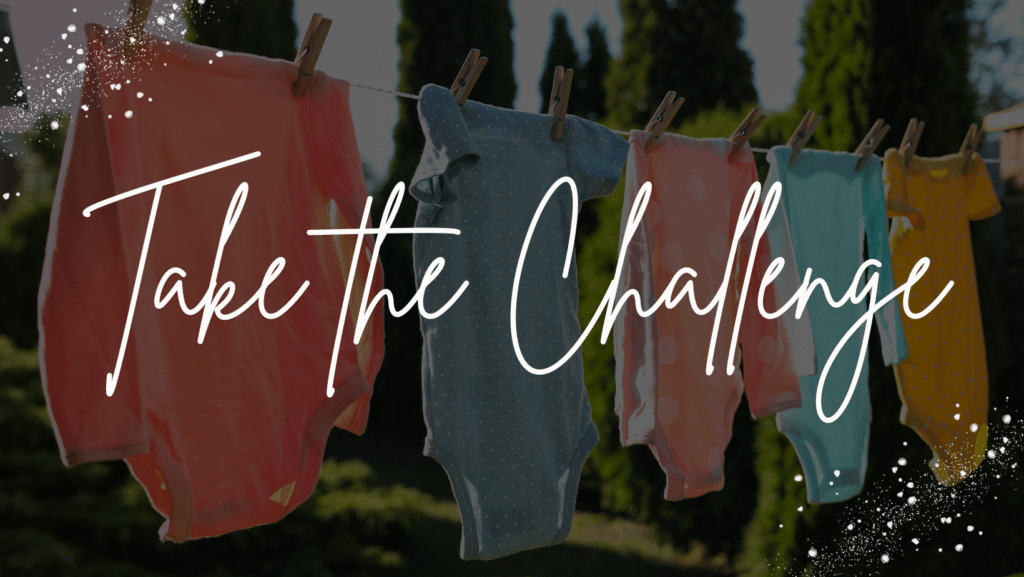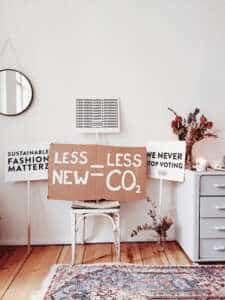By GAP Intern Emily Decker
Fast fashion is quickly emerging as a top contributor to climate change.
Fashion industry emissions are greater than air and container transport combined, and have become the 2nd biggest polluter behind oil. This is because people are buying 60% more clothes than they did 15 years ago, and only using them for half as long. There’s been a shift in people’s behaviour towards fashion, with clothing now often being viewed as disposable.
The changing attitude towards clothing can be attributed to many things, such as lower clothing prices, lower quality clothing, rapidly changing fashion trends, and even the influence of social media. These changes are all intertwined and have led to mass consumption of cheap and poor quality clothing.
Fast Fashion and Social Media
The influence of social media on clothing consumption has become more notable in recent years. Social media influencers are paid to promote brands with unsustainable and inhumane production practices. They share big clothing hauls and are paid to do so. One of the most notable fast fashion brands is Shein, a Chinese based clothing company that produces the same amount of Carbon Dioxide as 180 coal-powered plants. Shein clothing is incredibly inexpensive, encouraging customers to buy more, especially when influencers provide discount codes to get the cheap clothes at an even lower cost. This influences people to buy clothing as though it’s disposable.
Some influencers centre their platforms around second-hand clothing. They share that it’s possible to be on trend, while also having unique clothing, by buying second-hand.
This trend is now growing, with some friend groups participating in clothing swaps and sales, selling their clothes rather than throwing them away, and even revitalising outdated pieces.
Circular Fashion
Revamping old clothing and accessories is known as circular fashion. In Ireland, Rediscover Fashion is a leader in circular fashion, selling only redesigned and repurposed pieces.
Buying second-hand and participating in circular fashion can be a fun activity to do with friends, a creative outlet, and of course, sustainable. (See here for some sustainable fashion influencers)
Buying sustainably is important, but getting the most use out of clothing is just as crucial.

This means learning how to mend clothing, whether a button falls off or the fabric tears. It can also mean getting creative and altering a clothing piece to make it more wearable and on trend. Learning how to buy high quality clothing and get more use out of it can change the attitude towards fashion.
Primark (Penneys) has begun a programme where free sewing classes are provided to customers so they can get the most wear out of their clothing. This programme is offered at the Penneys store in Dublin, with plans to expand throughout Ireland. France is following a similar initiative, offering bonuses to people who mend their shoes and clothes, rather than throwing them away. The goal is to create a more sustainable fashion industry, while also supporting those who partake in responsible fashion. Learning how to buy high quality clothing and get more use out of it can change the attitude towards fashion.
It is also important to take care of your clothing and accessories to sustain their longevity. This means keeping clothing clean, fresh and dry and checking labels to see how a garment should be cleaned.
Repairing and taking care of your clothing can make you more appreciative of your wardrobe and get the most use out of it.

Take the Circular Fashion Challenge!
Getting involved in sustainable fashion can be both a fun and important challenge:
- When shopping, think whether or not you’ll get at least 30 uses out of a clothing item. If not, then don’t buy it.
- Try putting together 6 outfits and see if you can go 6 weeks with only wearing those items. Chances are, it’ll be easier than you think.
- Build what is known as a “capsule wardrobe”, with simple, high quality, and versatile pieces.
These behaviour changes can help encourage better buying habits and avoid fast fashion.

